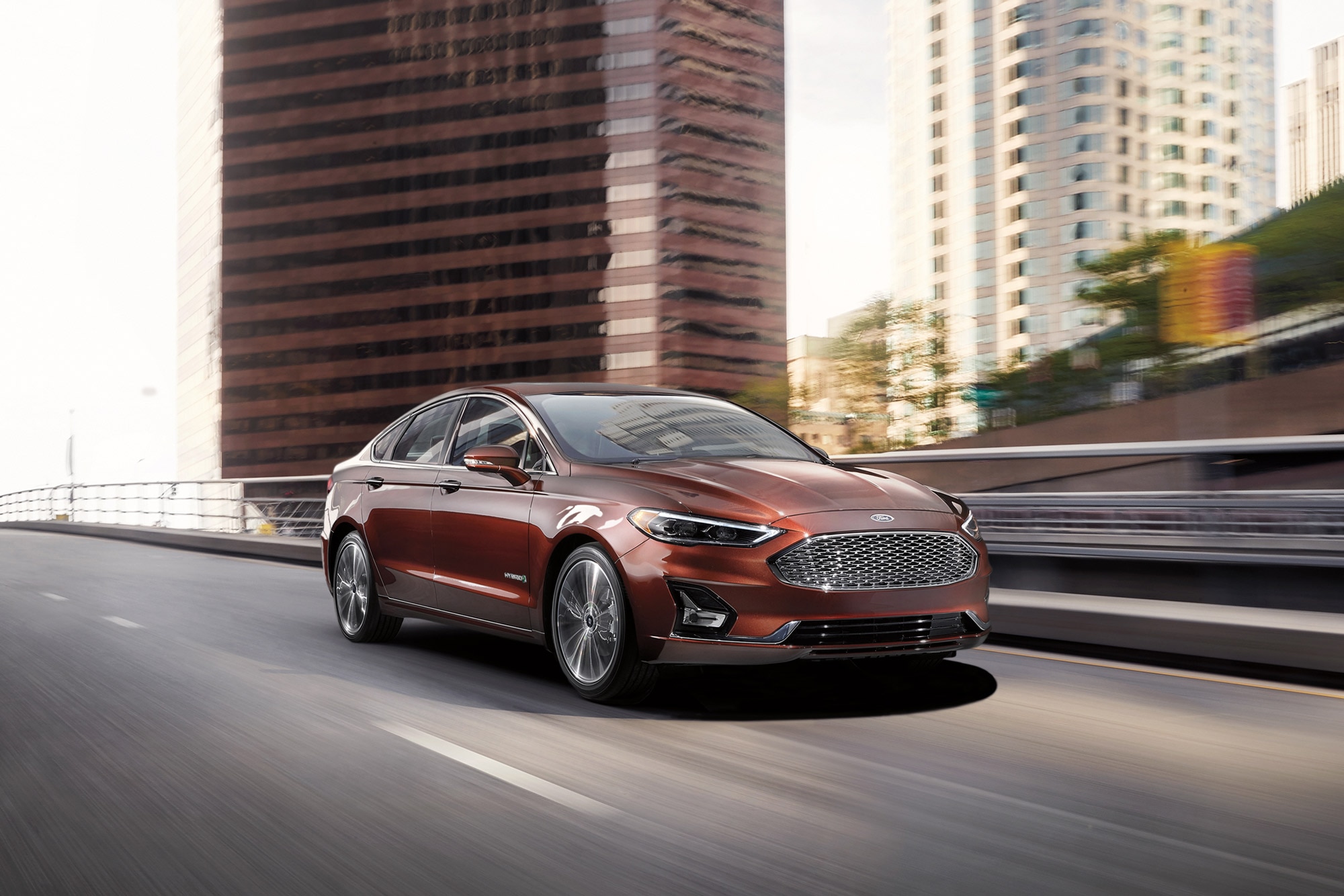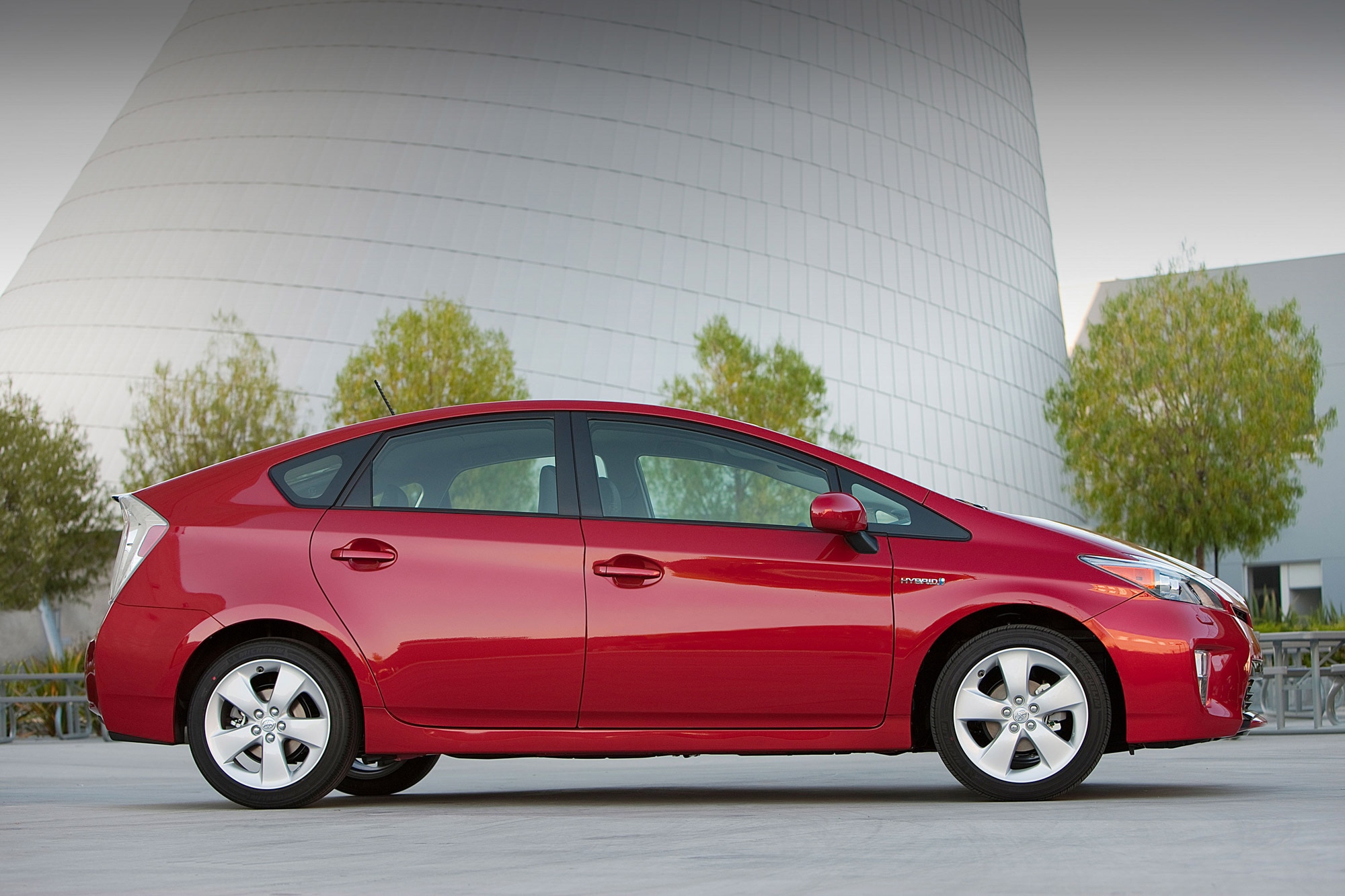What to Consider When Shopping for a Used Hybrid
Complex powertrains and pricey parts can make the difference between a good buy and a money pit.
 Ford
Ford
QuickTakes:
They say you have to spend money to make money. The car-buying corollary to that old adage might be that you have to spend money to save money — and fuel.
Now that hybrids have been around for a while — the Toyota Prius first hit the scene in the U.S. 23 years ago — there are plenty on the secondary market for those who prioritize fuel economy. There are a few things to look for beyond the usual used-car checkswhen shopping for hybrids.
 Toyota
Toyota
Get a Pre-Purchase Inspection to Determine Battery Health
A hybrid's traction battery is a wear item, albeit one that should last a good long while. Like any battery, these degrade over time, so it's imperative that you get the one in your prospective, new-to-you hybrid checked out before purchasing.
This is where a pre-purchase inspection can be key. You'll want to find a technician who specializes in electrified vehicles, as they will have the knowledge and equipment to properly examine the battery. The inspector should check for any faults, confirm the output voltage is where it should be, measure the pack's capacity, and provide information on the battery's health.
There are things you can watch out for as well. Look at the dashboard and verify there are no check-engine or battery fault lights and make sure the battery gauge works.
If the hybrid is the plug-in variety, go to a place where you can plug it in and confirm that it charges all the way to 100%.
 Chevrolet
Chevrolet
Check the Efficiency-Related Pages in the Infotainment Display
Once you know the battery is in good shape, the rest of the powertrain — engine, electric motors, transmission — should be checked as part of the inspection as well.
There's likely some kind of fuel-economy history page accessible in the driver-info screen or the infotainment system. See if the car has been returning mileage that's reasonable given the vehicle's age and condition, but keep in mind that driving style can have a big effect on this metric.
Most hybrids have an energy-flow display, usually animated, that shows the various paths through which electricity can flow. Have it open when you go for a test drive and make sure you experience the transition between battery power and engine power, noting any odd sounds or sensations when it happens.
Be aware that some hybrids, especially earlier models, didn't change powertrain modes elegantly, so some level of jostling might be typical.
Hybrids that use range-extending engines, such as the Chevrolet Volt and some BMW i3 models, can go for long stretches without starting the gas-fueled engine. You may need to run down the battery pack to get the engine to wake up, so factor that into your test drive and inspection time.
 BMW
BMW
Ensure the Tires and Suspension Aren't Overtaxed
Batteries make hybrids heavier than their internal-combustion-only counterparts. This puts additional stress on the tires as well as chassis components like suspension bushings. Make sure to check them or have them examined.
The low-rolling-resistance tires that come on some hybrids tend to be expensive, but they are part of the overall fuel-saving package. Do some research to determine if the car had efficiency-oriented tires from the factory, and if so, whether there's still a set on the vehicle. If not, the car may have more difficulty meeting its original fuel-economy ratings. Factor in the cost of new tires if they need to be replaced.
Look Into the Used Hybrid's Remaining Warranty Coverage
If everything else checks out, inquire about any remaining warranty coverage on the vehicle. This is an occasion where buying a certified pre-owned vehicle could make sense, as these programs extend the factory warranty.
Some manufacturers offer a 10-year transferable warranty on the hybrid components such as the battery, inverter, and control modules. Toyota, for example, upped its hybrid coverage in 2020 from eight years or 100,000 miles to 10 years or 150,000 miles. If you find something questionable during the inspection, this can provide the peace of mind you need to take the fuel-sipping plunge.



